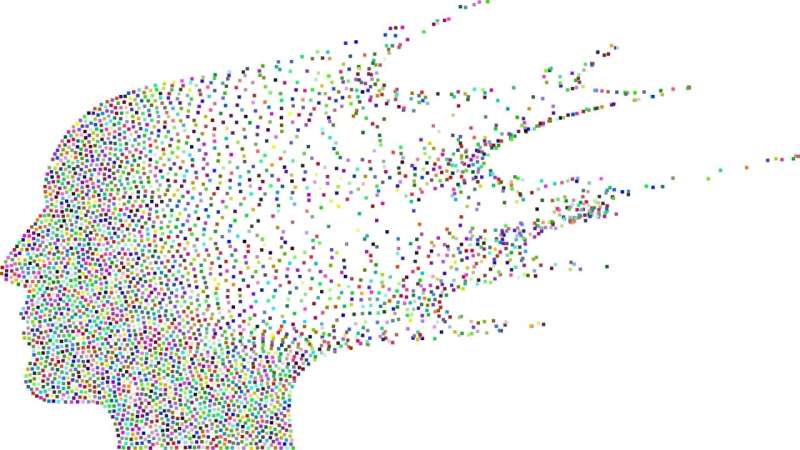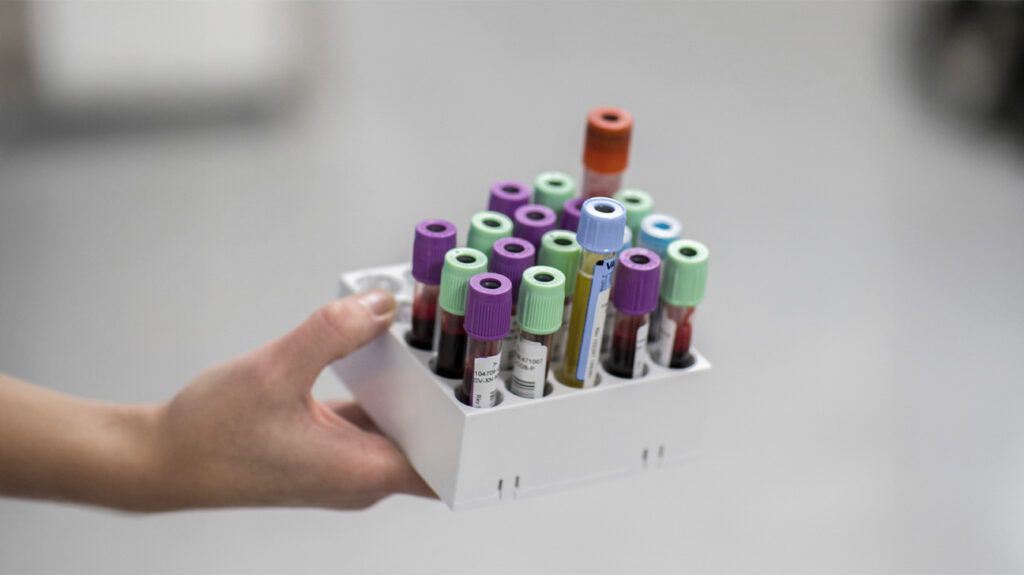Five Key Reasons Young-Onset Dementia Often Goes Undiagnosed

Dementia affects approximately 57 million individuals globally, predominantly diagnosed in older adults. However, around 7% of cases occur in individuals under 65, and this percentage may be underestimated as young-onset dementia remains frequently under-recognized. This under-diagnosis can delay crucial support and treatment for those affected.
There are several critical factors contributing to the frequent oversight of young-onset dementia:
Associating Dementia Only with Older Age: The common perception links dementia solely with older age, leading many to believe it cannot occur in younger people. This misconception discourages younger adults from seeking assessment, and healthcare providers may overlook the possibility of dementia when evaluating symptoms in younger patients, often dismissing or trivializing their concerns.
Diverse and Atypical Symptoms: While memory decline is a hallmark in older adults, young-onset dementia often presents with different symptoms. For example, early signs may include personality changes, language difficulties, visual problems, or coordination issues. Recognizing these variations is crucial, as they can be mistaken for mental health issues, stress, or other neurological conditions.
Rarer Causes of Dementia: In younger individuals, dementia is frequently caused by less common neurodegenerative diseases such as frontotemporal dementia, which affects behavior, personality, and language rather than memory. Other secondary causes include brain tumors, infections, or trauma. These less typical causes can complicate diagnosis, as they are less familiar to healthcare professionals and may not be considered initially.
Overlapping Symptoms with Other Conditions: Symptoms of young-onset dementia often resemble those of psychiatric disorders like depression, bipolar disorder, or psychosis. They can also mimic menopause or burnout, leading to misdiagnoses or delayed diagnosis. This overlap makes it vital for clinicians to consider dementia as part of differential diagnoses even in younger patients.
Individual Variability in Presentations: The manifestation of dementia symptoms varies widely based on factors such as genetics, overall health, life circumstances, and resilience. Some individuals may cope well or mask early signs, making early detection more challenging. Such variability underscores the importance of awareness and comprehensive evaluation.
Enhanced understanding and awareness of these factors are essential to improve early diagnosis, provide better support, and develop targeted treatments for young-onset dementia. Raising awareness can also help reduce stigma and ensure affected individuals receive appropriate care sooner.
For those concerned about themselves or loved ones, early consultation with healthcare providers and connecting with organizations like Alzheimer Scotland or Dementia UK can be valuable steps toward support and assessment.
Source: https://medicalxpress.com/news/2025-04-young-onset-dementia.html
Stay Updated with Mia's Feed
Get the latest health & wellness insights delivered straight to your inbox.
Related Articles
How Stress and Social Challenges Contribute to America's Growing Obesity Epidemic
Recent research reveals how stress and social hardships influence gut health and brain function, fueling the obesity crisis in America. Addressing social determinants and promoting systemic reforms are essential for effective prevention and management.
Understanding Fall Allergies: Recognizing Symptoms and Managing Triggers
Fall allergies can cause intense and persistent symptoms similar to spring and summer. Learn how to identify triggers and manage your allergies effectively during the autumn season.
FDA Approves First Blood Test for Alzheimer’s Disease: Key Insights
The FDA has approved the first blood test for Alzheimer’s disease, offering a less invasive, accessible, and early diagnostic option that could revolutionize patient care and research.



